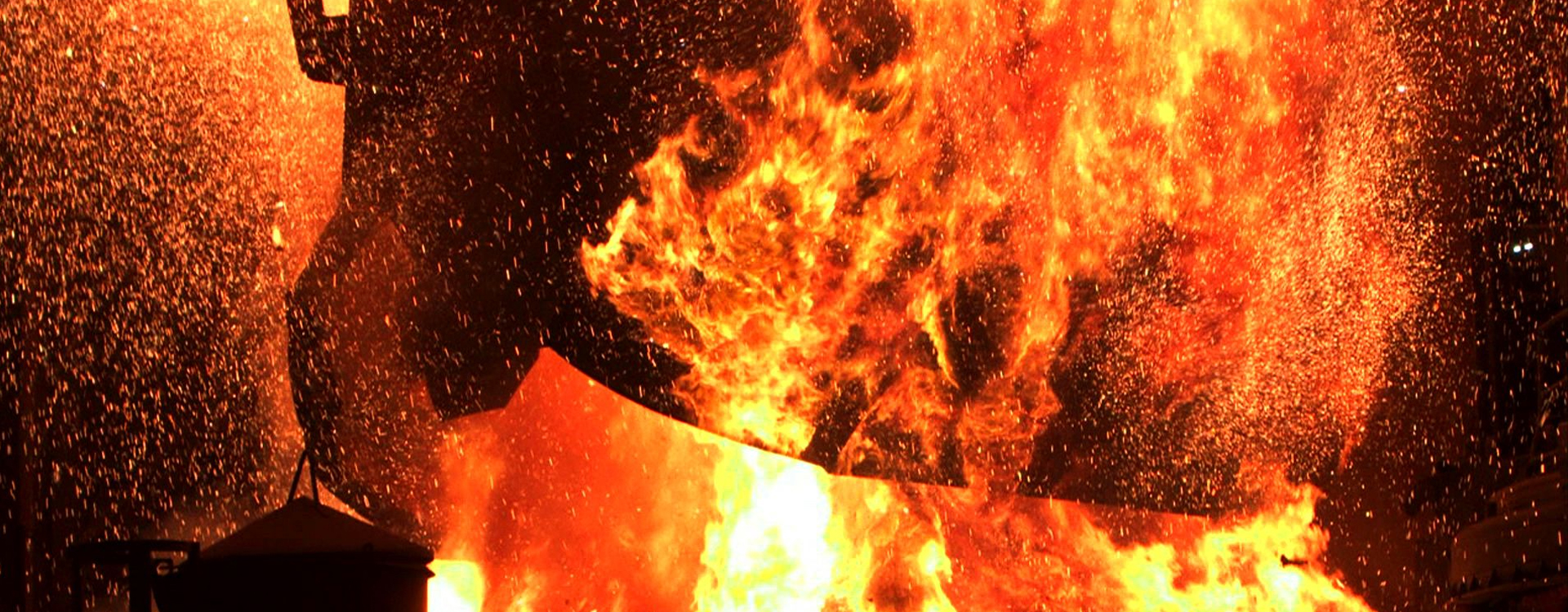Seminar Details
Solid particle erosion (SPE) is a material removal process in which high-speed solid particles continuously hit the target material and erode its surface. Due to material erosion, the surface faces various effects such as surface roughening, decreased functional life span and degradation of components. Atmospheric Plasma Spraying (APS) is one of the most commonly used coating techniques, which comes under the thermal spraying process. It has a wide range of applications due to its versatility in surface modifications. By the APS technique, different high-temperature application materials like cermets, ceramics, etc., can be coated. Ni50Ti50 (at.%) smart alloy became more focus of interest for researchers and industrialists due to their two extraordinary properties such as shape memory effect (SME), and superelasticity (SE) behaviour. This alloy also gives good wear resistance, corrosion resistance, damping behaviour, and high load-bearing capacity. In terms of mechanical properties, it has high strength and hardness at high temperatures. Due to the above properties, NiTi alloy can be used to protect structural materials such as mild steel from catastrophic failure. In the current research, structural steel such as mild steel, stainless steel and Domex 700 MC steel have been coated at different substrate preheating temperatures by APS techniques using equiatomic NiTi alloy. The main objective of this research is to investigate the physical, mechanical and tribological properties including the investigation of phase, microstructure, porosity, deposition efficiency, surface roughness, microhardness, adhesion strength, erosion behaviour and its correlation. Surface and interface analysis has been done using SEM, XRD, Hardness test and Optical profilometer. The surface morphology of the coatings confirmed the number of unmelted particles decreases gradually with increases in substrate temperature. Interface morphology indicates the gradual decrease in percentage of pore with an increase in substrate temperature. Phase analysis shows the presence of required phases NiTi along with some intermetallics such as Ni4Ti3, Ni3Ti and oxide phases on the sprayed surface. Various intermetallics and dense morphology contributes higher hardness of the coating interface that increases with an increase in substrate temperature. Compressive residual stress was calculated at the coating surface having successive splat layers for the investigation of mechanical properties of the sample. Microstructure and densification helps to improve the strength of fabricated parts. At 400°C preheating temperature coating shows higher cohesive bond strength as compare to lower preheating temperature due to better mechanical bonding between the splats at higher preheating temperature. The NiTi APS coated mild steel substrate shows better features as compare to stainless steel and Domex 700 MC steel substrate in terms of adhesion strength, deposition efficiency, and interface property.



